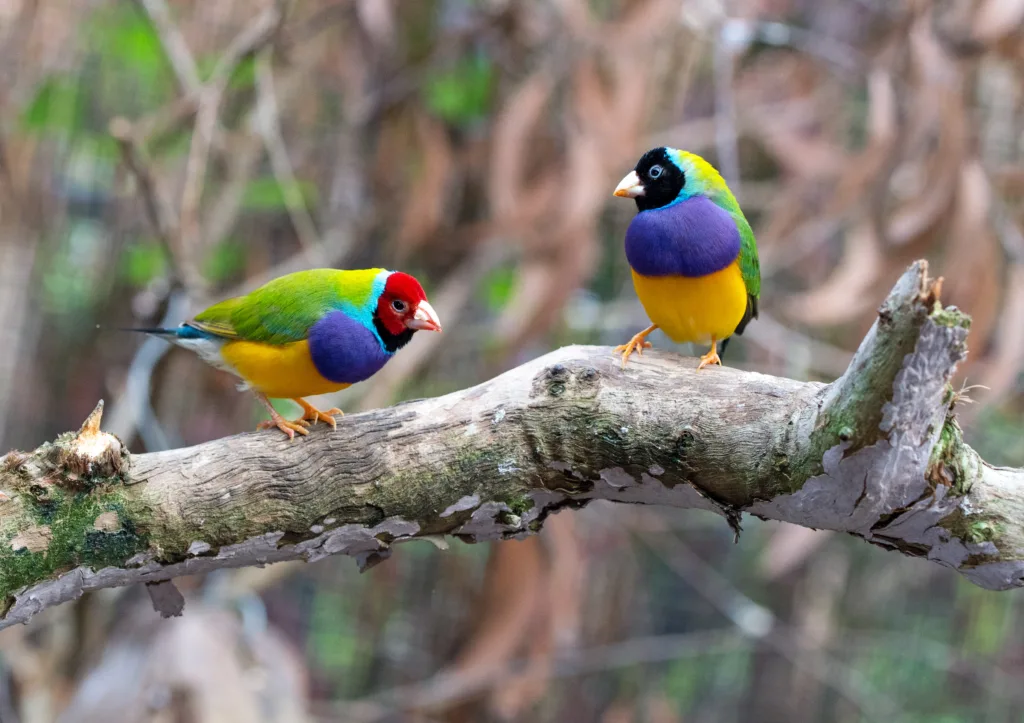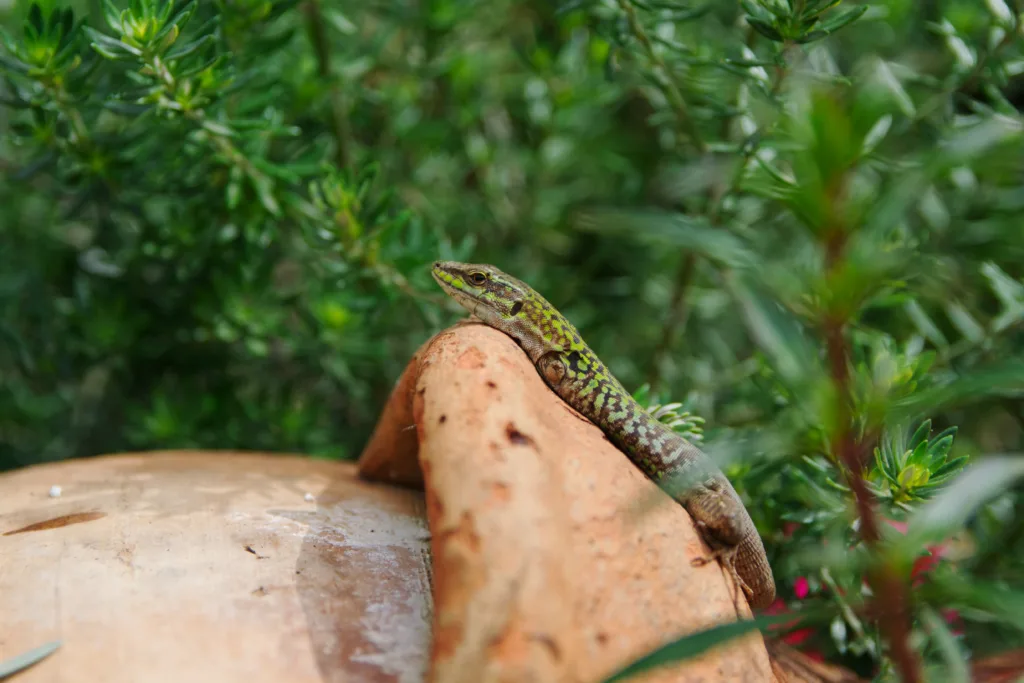Resource partitioning is a process of natural selection that allows diferent species to coexist and avoid competition for resources. This phenomenon can take two forms: habitat partitioning and food partitioning. In this article, we will explore some examples of resource partitioning in nature.
One classic example of resource partitioning is the case of two species of birds that forage together. One species eats insects on tree trunks while the other eats insects in the outer branches. By occupying different physical locations, they avoid direct competition for the same food source. This is an example of habitat partitioning.
Another example of habitat partitioning can be found in the case of several anole lizards in the Caribbean islands. These lizards share a common diet of mainly insects, but they avoid competition by occupying different physical locations. Some lizards live in the trees, while others live on the ground or in bushes. This way, they can all coexist and avoid direct competition for the same resources.
Food partitioning is another form of resource partitioning. An example of this can be found in the case of several species of warblers that live in the same forest. These birds all eat insects, but they specialize in different types of insects. Some warblers eat insects that live in the leaves of trees, while others eat insects that live in the bark or in the air. By specializing in different types of insects, they avoid direct competition for the same food source.
Another example of food partitioning can be seen in the case of several species of finches that live on the Galapagos islands. These finches all eat seeds, but they specialize in different types of seeds. Some finches have strong beaks that can crack open hard seeds, while others have thin beaks that can extract small seeds from plants. By specializing in different types of seeds, they avoid direct competition for the same food source.
Resource partitioning is a natural process that allows different species to coexist and avoid competition for resources. In the examples we have explored, animals occupy different physical locations or specialize in different types of food to avoid direct competition. These examples show that nature has a way of balancing itself out, allowing diverse species to thrive in the same environment.
What Are The 3 Types Of Resource Partitioning?
Resource partitioning is a phenomenon where multiple species in a given ecosystem divide their resources to coexist. There are three types of resource partitioning. They are:
1. Spatial partitioning: In this type of partitioning, different species occupy different physical spaces in the ecosystem. For example, two species of birds might occupy different parts of a tree to avoid competition for nesting sites.
2. Temporal partitioning: In this type of partitioning, different species use the same resource at different times. For example, some animals may feed during the day while othrs feed during the night to avoid competition for food.
3. Morphological partitioning: In this type of partitioning, different species have evolved different physical characteristics to access the same resource. For example, different species of birds may have differently shaped beaks to access different types of food sources.
By utilizing these forms of resource partitioning, species can coexist and thrive in an ecosystem without competing with each other for resources.

What Is Resource Partitioning?
Resource partitioning is the process by whih competing species evolve to use resources differently in order to coexist and avoid competition. This is achieved through natural selection, where species that use the same resources will eventually evolve to use different resources or use the same resources at different times or in different ways. Resource partitioning allows species to share habitats without competing for resources, and can lead to the development of specialized traits and behaviors that allow each species to thrive. Some examples of resource partitioning include different species of birds nesting at different heights in trees, or different species of fish feeding at different depths in the water column. resource partitioning is an important mechanism for maintaining biodiversity and supporting the coexistence of multiple species in an ecosystem.
What Is An Example Of Resource Partitioning Quizlet?
Resource partitioning is a phenomenon observed in the natural world where diffrent species that share similar resources divide them up to reduce competition. An example of resource partitioning is when two species of birds forage together, but each species eats different parts of insects. One species eats insects on tree trunks, while the other eats insects in the outer branches. This allows both species to coexist and utilize the same resources without competing directly for them. Another example of resource partitioning is when different species of small mammals utilize different layers of soil to avoid competition for burrowing space. In general, resource partitioning is an important mechanism that allows different species to share resources and coexist in the same ecosystem.
What Is An Example Of Niche Partitioning?
An example of niche partitioning can be observed in several species of anole lizards inhabiting the Caribbean islands. These lizards have a common diet consisting mainly of insects. However, they avoid competition by occupying different physical locations. This way, they divide the resources and reduce the chances of direct competition for food. The different physical locations may include occupying different heights in the vegetation, different microhabitats, or different times of the day for foraging. By partitioning their niche, these anole lizards can coexist in the same ecosystem without competing directly for resources, which enhances their chances of survival.

Conclusion
Resource partitioning is a crucial process in the natural world that allows different species to coexist and avoid competition for resources. Examples of resource partitioning can be seen in various ecosystems, such as birds foraging on different parts of trees or anole lizards occupying different physical locations whie sharing the same diet. These examples highlight the importance of niche differentiation and how it can lead to the survival and success of different species in a given environment. By understanding resource partitioning, we can gain a better appreciation for the complexity and diversity of the natural world and the strategies used by species to adapt and thrive.
